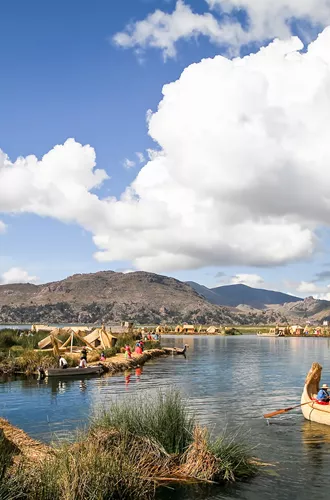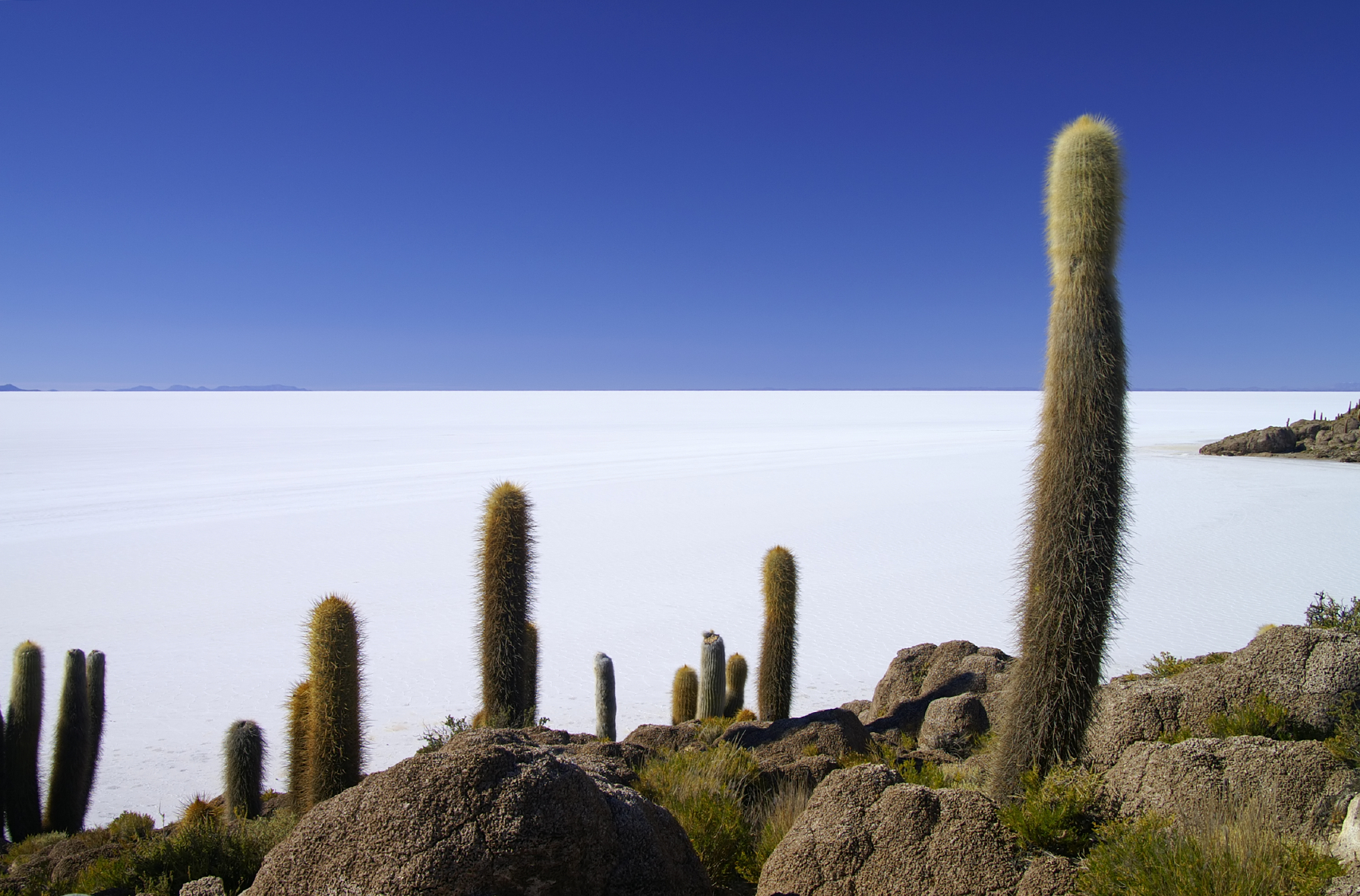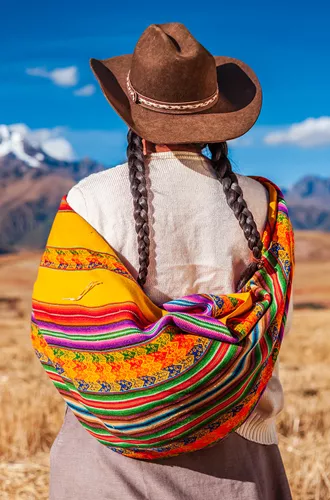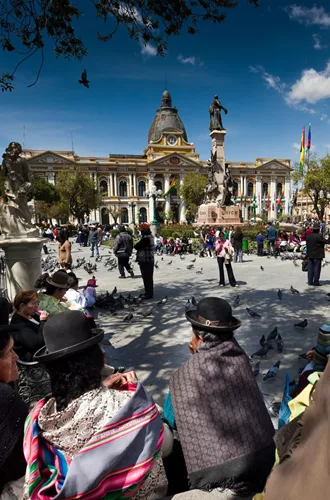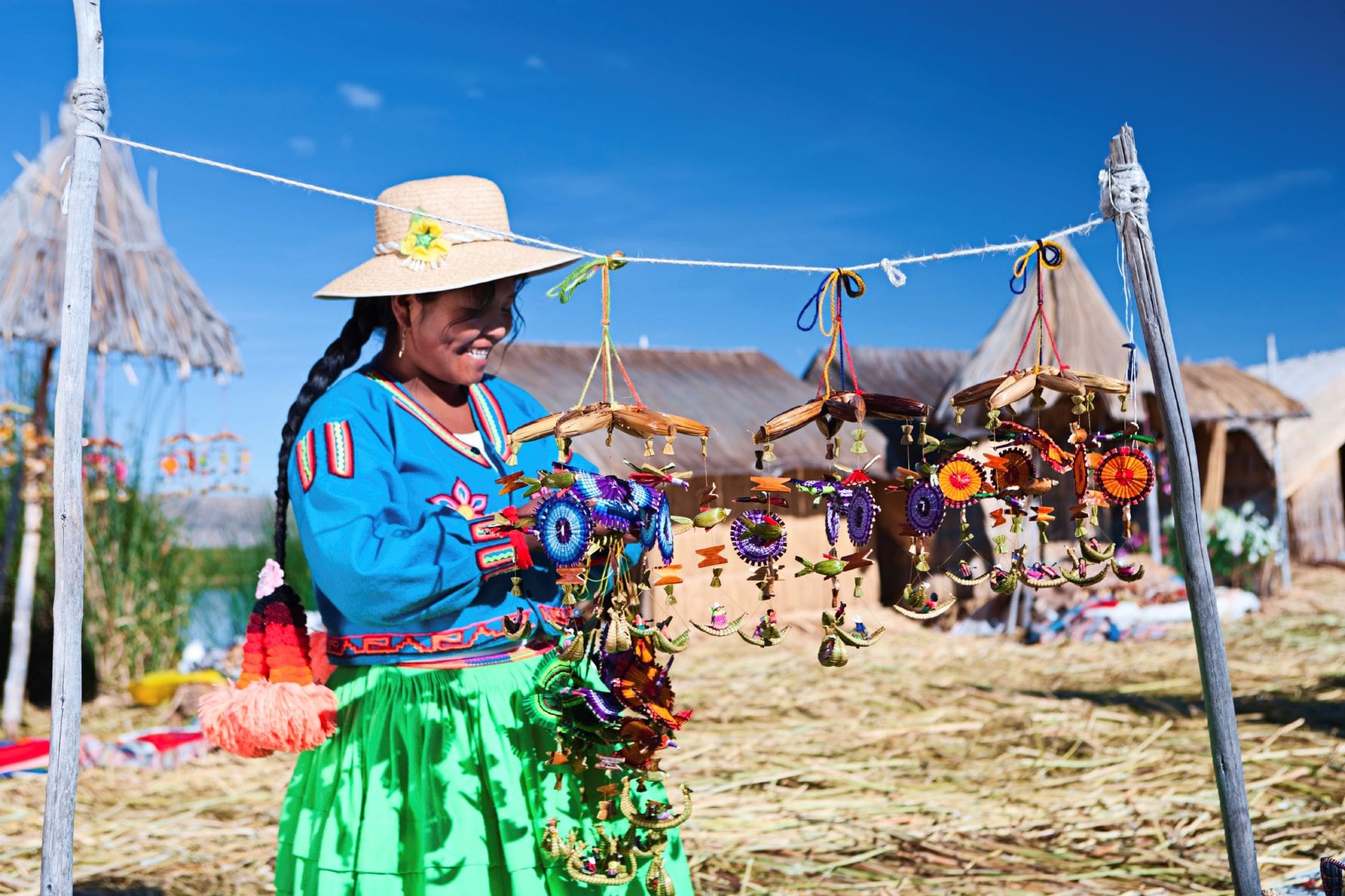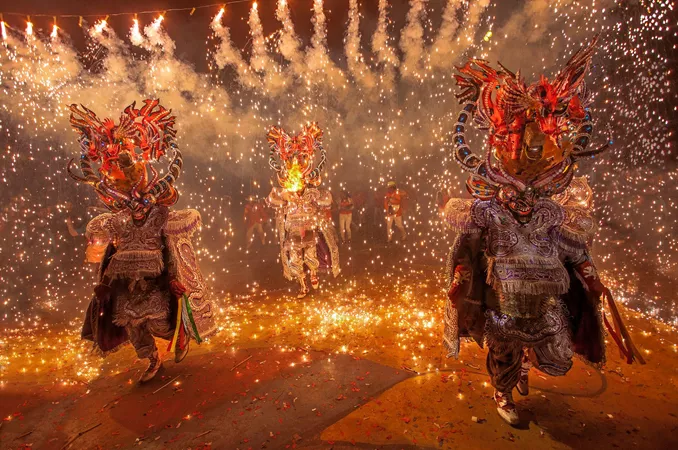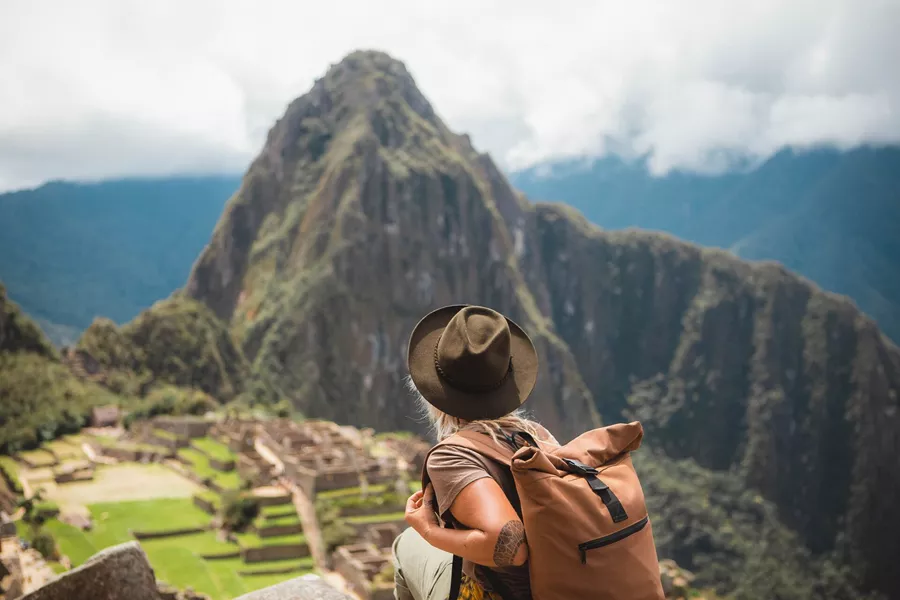Spanish is the primary language in Bolivia, but the country officially recognises 37 languages, including Quechua, Aymara, and Guarani. Handshakes are a common greeting between men, while men and women may either shake hands or greet each other verbally.
Bolivians are known for their warm hospitality. When visiting someone's home, it is customary to bring a small gift, such as flowers or sweets. Family plays a central role in Bolivian society, with extended families often living together, and there is a strong emphasis on respecting elders.
Modest dress is recommended, especially in rural areas and religious sites. Lunch is the main meal of the day and is often followed by a siesta. It is polite to wait for the host to begin eating before you start. Bolivian cuisine includes dishes like salteñas (stuffed pastries) and llajwa (spicy salsa). Finishing your plate is a sign of appreciation.
The majority of Bolivians are Roman Catholic, and religious festivals and processions are common.
Bolivia has a rich tradition of arts and crafts, including textiles, pottery, and silverwork. Indigenous artisans create intricate handmade goods that make excellent souvenirs. Traditional music features instruments like the charango and panpipes, and folk dances such as the Cueca and Morenada are integral to cultural celebrations.
Bolivia is home to diverse ecosystems. Be mindful of your environmental impact by not littering and respecting wildlife.


